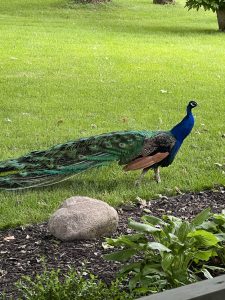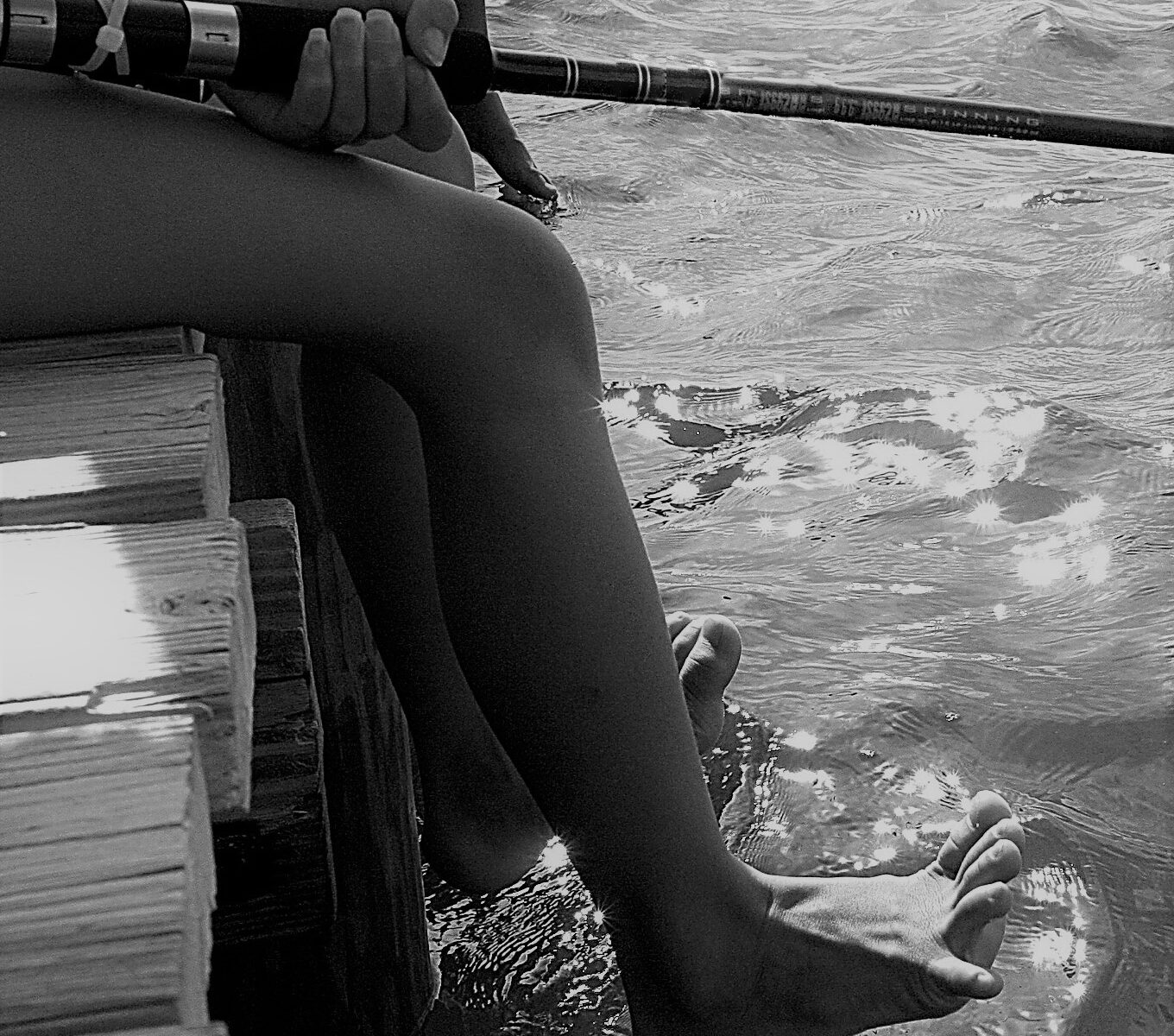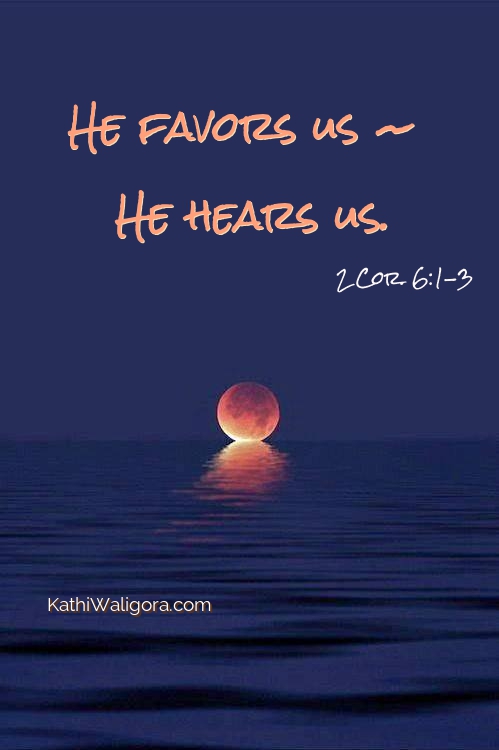It’s the Third Reason
So the work begins – just days before school starts. It may be a brief stint, but I pray it’s a potent one.
 The work starts with the room. It’s been a thing with me since my first day of teaching so many years ago. Part of myself. The room must be ready before I begin the lesson plans. Kaylee spends a day helping – really helping! Little do we realize that her schedule will change a few days later and she will actually be a student in one of my classes! How many people get to teach their granddaughter about Literature? It’s just the first of many blessings.
The work starts with the room. It’s been a thing with me since my first day of teaching so many years ago. Part of myself. The room must be ready before I begin the lesson plans. Kaylee spends a day helping – really helping! Little do we realize that her schedule will change a few days later and she will actually be a student in one of my classes! How many people get to teach their granddaughter about Literature? It’s just the first of many blessings.
Who is Touching You?
God used a “Bird,” a very beautiful “Bird”!
The Trip Itself
When we travel to a location, we don’t consider that location to be our “destination.” Instead of a “place,” every mile, every jaunt, of the trip itself is our destination.
I Am His beloved!
I am His beloved!
He loves me!
You are His beloved!
He loves you!
I have loved you with an everlasting love . . .
Jeremiah 31:3
Today, I want to share a wonderful short message about God’s tremendous love and what that love can do for you. It’s amazing! Watch and listen.
Increasing Weight.
I wrote the following article a while ago, feeling weighted down by a grandson’s ongoing health problems. I’m still shouldering that weight – and yet another – the illness of my son. Sometimes the weight of both is so burdensome, I feel I can’t breathe – I can’t sleep. It’s heavy. But let’s read on . . .
It’s one thing. Or another. You know. For you, it’s a certain situation – a health issue, a break in a relationship – whatever.
The Fishing Pole
It’s your heritage!
The gift has been offered.
It’s your heritage!
Have you received it yet?
Some of you have read about  my heritage – the amazing heritage left by my parents, a godly man and a godly woman, who, together, honored the Lord and prayed for their family – their children, grandchildren, great grandchildren . . .
my heritage – the amazing heritage left by my parents, a godly man and a godly woman, who, together, honored the Lord and prayed for their family – their children, grandchildren, great grandchildren . . .
Perhaps you didn’t have godly parents. You might feel left out.
Well, don’t!













